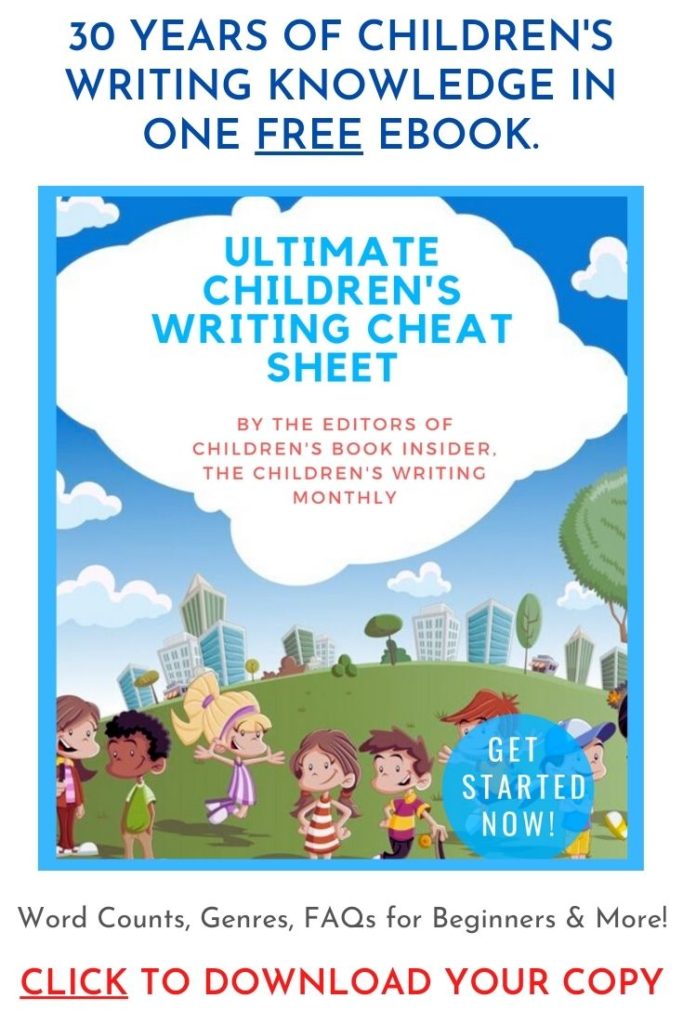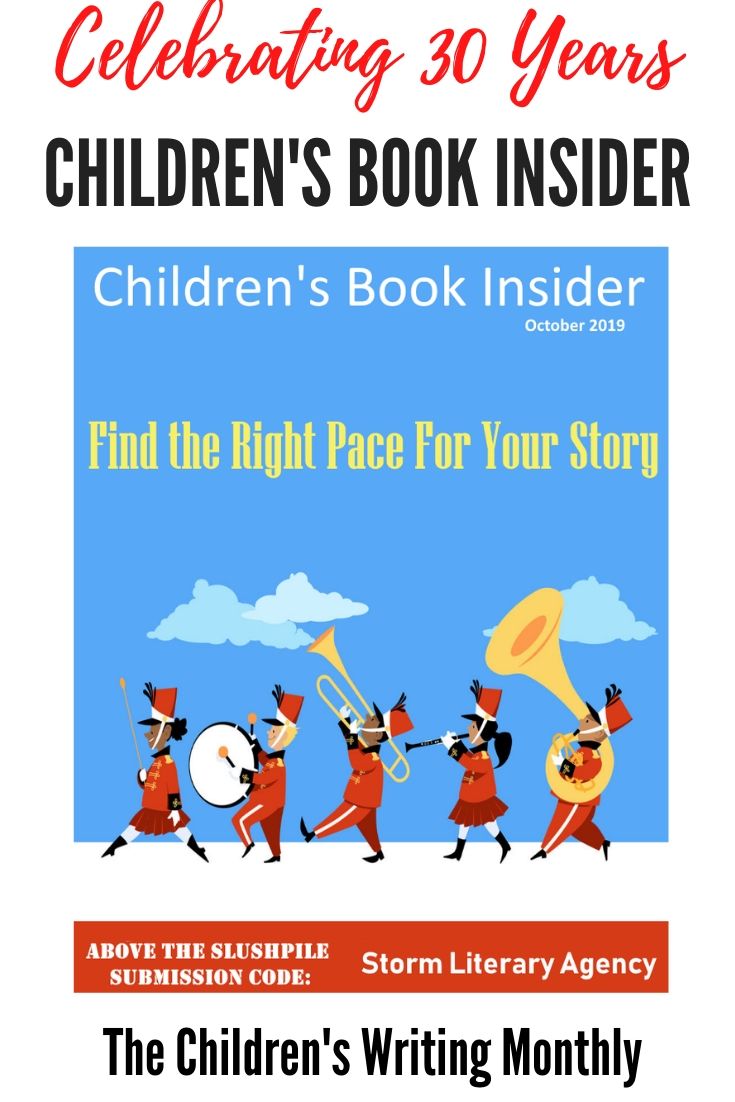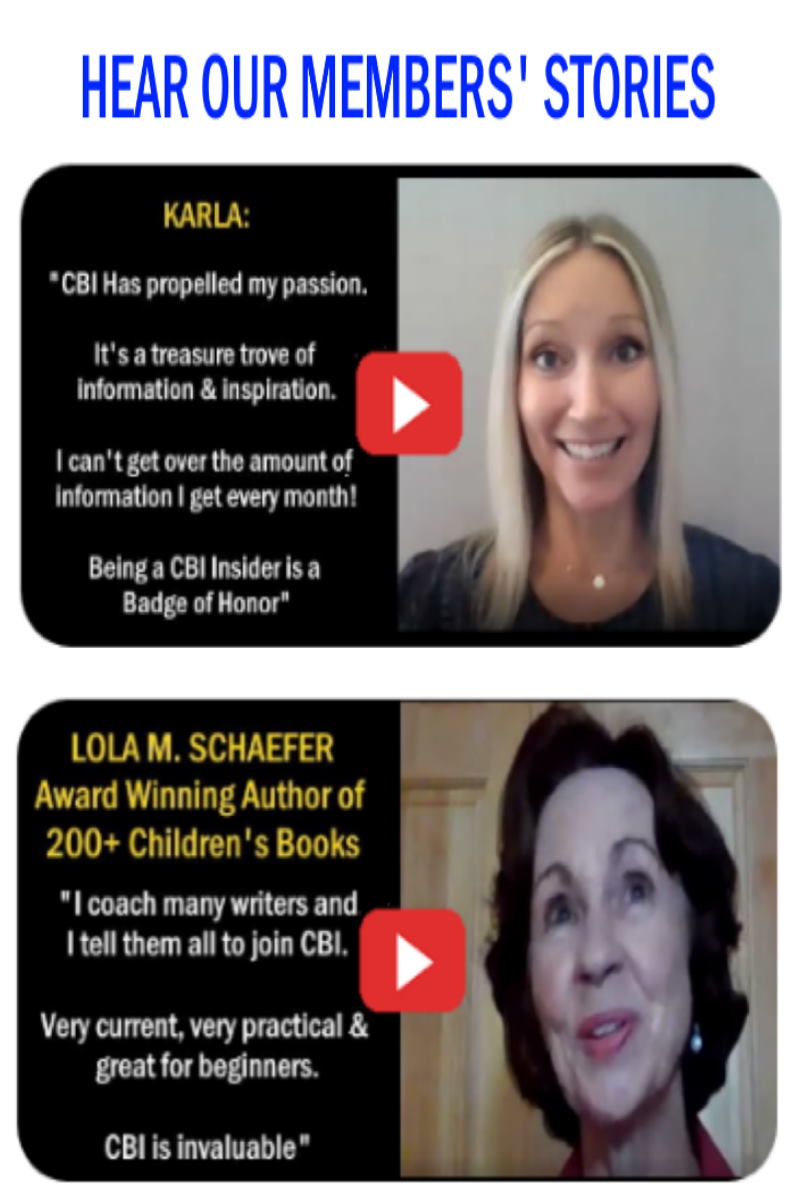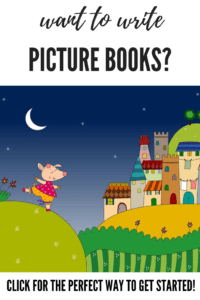
You’ve written a book, submitted it, and sold it. Congratulations. Your editor and publisher are so pleased with it that they want you to turn it in to a children’s book series. Congratulations again.
The trouble is, you never intended for the book to become a series. You aren’t sure you can do a series. You aren’t even sure you want to do a series. We call that the unintended series.
Let’s look at another scenario. This time you planned a series from the start and submitted a proposal with sample chapters from the first book. Your editor and publisher are enthusiastic. In both situations, you will need to decide what kind of series you want to do (subject, of course to your editor’s agreement), block out the series, and possibly create a series bible. A series bible is a list of facts regarding the characters, ranging from everything to hair color to birth order to quirks and fears to medical history and family background. It can also include details about settings, environment, the time frame of the series, etc. A bible is a good idea regardless of the kind of series you are writing.
Let’s start with the different kinds of children’s book series
The one-character series. In this type of series, you have a main character who is the focus of every book. Think The Diary of a Wimpy Kid books by Jeff Kinney, or the Olivia picture books by Ian Falconer. All the plots are stand-alone, meaning you could pick up a book from the middle of the series and not be lost. A core supporting cast may appear in each book, but new characters also move in and out of individual stories. The strength of these series depends on the protagonist, and often they are unintended series because the first book catches on and readers want more stories with the same character.
The series of rotating protagonists. In other words, the first book introduces a main character with several supporting characters. The next book will feature one of those supporting characters as the main character. And so on. Frequently, the main characters of early books continue to show up in the series, this time taking on the roles of supporting characters. This could be an unintended series (the first book has such strong supporting characters that the editor asks for each to star in their own story), or it could be planned from the beginning. This type of series isn’t as common as it was 20-25 years ago, when multi-book series like The Adventures of the Bailey School Kids (chapter books) and The Baby-Sitters Club (middle grade, now having a rebirth with new covers on the original books and as a graphic novel series), were first published. The books tend to be stand-alone plots (though the relationships between characters may change slightly as the series progresses, adding a few carry-over details from one book to the next).
The series based on a concept. While these children’s book series may have a recurring cast of characters, the series revolves around a unique plot concept that drives each book. The Magic School Bus picture book series is one example. These books existed to teach science through adventures with Ms. Frizzle and her class as they go on field trips in a bus that can transform into a plane, spaceship, submarine, or even shrink down and enter the human body. The connecting factor of the series is the magic bus and the science lessons. The books can be read out of order, and the series keeps growing as long as the demand for new books continues.
The series based on a plot arc. This series absolutely must be planned out ahead of time, proposed as a series to the editor, and needs a series bible. Plot arc series are generally 3-5 books long, and have one story that begins in Book 1 and is concluded in the last book. The books must be read in order. Harry Potter and the Hunger Games series are popular examples.
The combination series. This type of series takes elements from two or more categories above, but one element stands out as the driving structure of the series. For example, you may create a plot arc series that features a different protagonist in each book pulled from 3-5 main recurring characters. But the plot arc is really what holds the series together (and the rotating protagonists is simply a vehicle for advancing the plot). Or, as in The Magic Tree House series of early chapter books, the concept of two siblings being transported to different times and places through a tree house creates the series concept, but gradually they discover a secondary character who is sending them on these missions. So there is a plot thread running through the series, but it’s summed up at the beginning of each book so readers can pick up a title mid-series and not be lost.
Considerations for any type of children’s book series
If you’re planning this series from the start, decide what type of series you want to write. To make an informed decision, ask yourself some questions:
• What is the age group of my readers? Picture book, easy reader and chapter book series tend to be built on a concept that links all the book (such as The Magic School Bus), or strong main characters who are interesting enough to star in several books (like the Captain Underpants and Bad Kitty series). Series based on a plot that spans the entire series (with cliffhanger endings in each book), are best for middle grade and young adult readers.
• How many books do you want to be in the series? Series based on plot arcs have a fixed beginning and end. Other types of series can grow into 10 or more books if the sales are strong and the publisher keeps asking for more. That doesn’t mean you have to write that many books in the series, but your characters and concept should lend themselves to at least 10 different stories, just in case.
• How long do you want to live with this series? Again, you do have control over this, but if you’re planning a plot arc series you must commit to writing all of the books in the proposed arc, one after another. The publisher will want to bring out a new title each year until the series is complete. Then decide upon your characters.
• Whether you’re doing a one-character children’s book series, a series with rotating protagonists, or a plot arc series, you’ll need to carefully craft your protagonist(s) and recurring supporting cast. Create a character bible with physical traits, likes and dislikes, character history, family details, where this character lives and goes to school, character strengths and weaknesses.
• For one-character series, your character can grow and learn a bit from the plot in each individual book, but will essentially remain the same core character throughout the series. After all, the character is the draw for the series as a whole, and should have enough layers to his/her personality to get in and out of trouble over and over.
• For series based on a concept, you still want to craft your main character(s) and recurring supporting cast with detail. Make sure they will support the concept of the series and are interesting enough to draw readers in over and over (Ms. Frizzle of The Magic School Bus is a good example). The characters themselves should fit the tone of the concept (a humorous, quirky concept needs a quirky main character).
Things to keep in mind when plotting your children’s book series
• Children’s book series based on a character or a concept will probably have stand-alone stories in each book. But you want to make sure your characters and concept lend themselves to many different stories, and there’s a consistent “hook” that runs throughout the series; something that quickly defines the series as a whole.
This hook should be evident in each plot. For example, in the Hank Zipster middle grade series (now spun off into an early chapter book series), Hank is described as “the world’s greatest underachiever.” He’s a bright boy with learning challenges, which often get him into trouble. And the plots are funny. So the humorous yet empathetic look at a character navigating school with learning challenges is the hook for this series.
If you’re proposing one of these series to an editor as a whole, provide a paragraph plot synopsis for 3-5 books. You’ll also need to have the first book completely written, and send a brief synopsis and the first three chapters.
• For series with a continuous plot arc, you’ll need to carefully outline the entire series. Your series as a whole should have a beginning, middle and end, with one continuous problem or goal for your character that isn’t resolved until the final pages of the last book. But each book in the series has its own arc as well, with a beginning, middle and end that lead to the resolution of smaller conflicts on the path to the larger goal. Endings should be satisfying, even if they’re open-ended enough to make readers want to grab the next installment and see what happens next.
(If you’re proposing this type of children’s book series, give a brief synopsis of the series as a whole, then a synopsis of each book in the series. Attach the first three chapters of the first book.)
• In any type of series proposal, it’s a good idea to also include one page with a summary of the recurring characters, and an overview of the series concept and/or world in which the series takes place (for fantasy, science fiction, dystopian, or other genres that require extensive world-building).
If you’re writing an unintended series, go through the steps above and map out your characters, concept and plot for future books, based on the groundwork you’ve laid with the first book. Run it all by your editor before starting on Book 2.
If you feel children’s book series writing is for you, know that it has many rewards, including having readers tell you “I love your characters. They have become my friends.” There are also pitfalls, such as when you realize that you must continue the series to the number of books you agreed upon with your editor even if you have grown tired of it. But planning out your series ahead of time, and understanding the commitment involved, will help you smooth over potential rough spots and create books that readers will be talking about.
Reprinted from Children’s Book Insider, the Children’s Writing Monthly
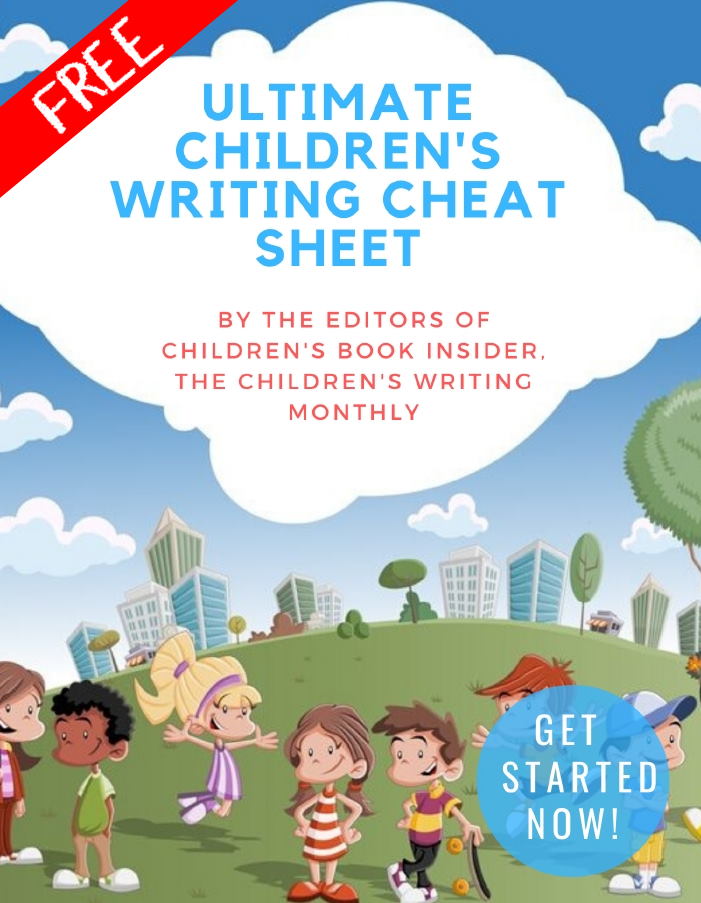
✏ Word Counts & Age Groups for Every Kidlit Category
✏ FAQs, Glossaries and Reading Lists
✏ Category-specific Tips, from Picture Books Through Young Adult Novels
✏ 5 Easy Ways to Improve Your Manuscript
✏ Writing For Magazines …and more!
This is a gift from the editors of Children’s Book Insider, and there’s no cost or obligation of any kind.
We will never spam you or share your personal information with anyone. Promise!
